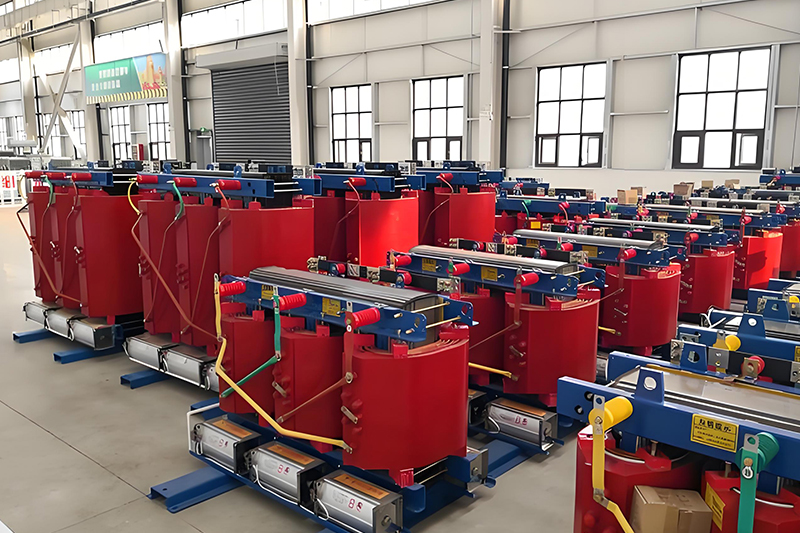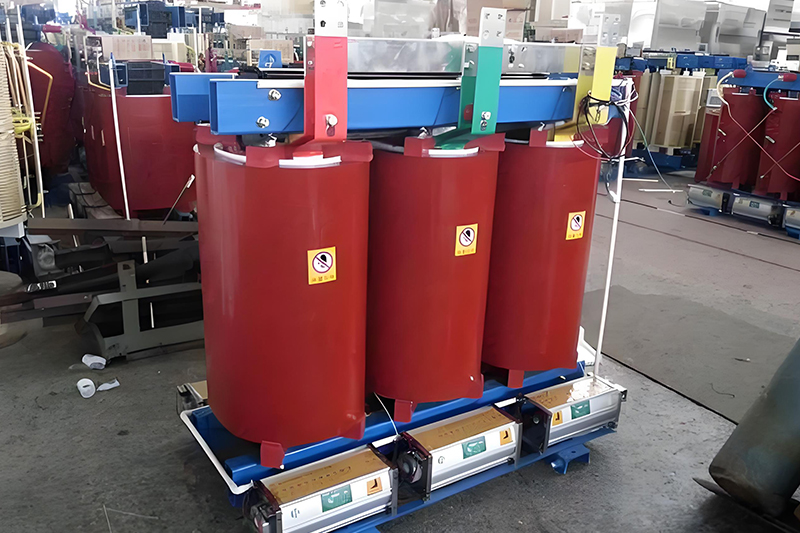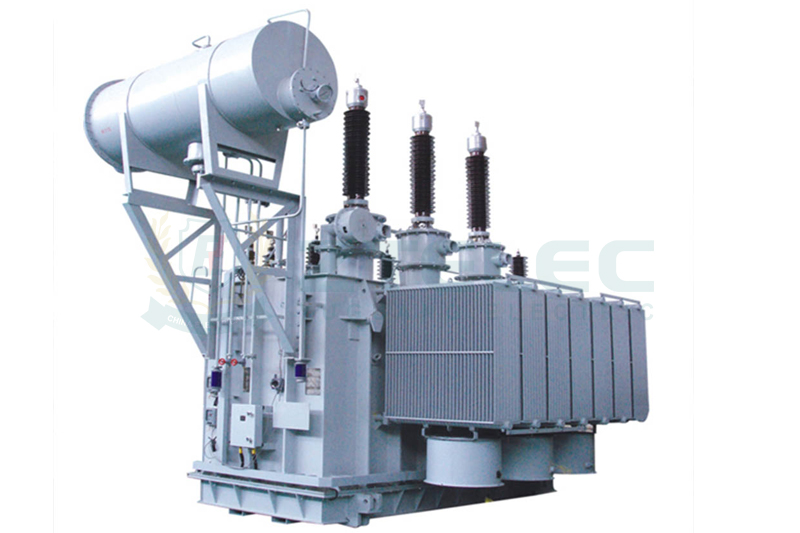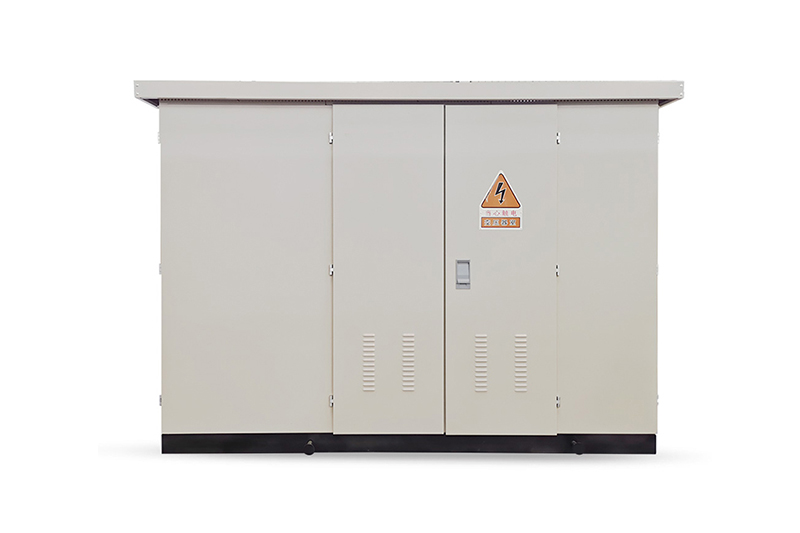35kV Dry-Type Transformers: Diagnosis and Treatment of Internal Faults
Time:2025-09-16 Auther:ZTelec-www.ztelectransformer.com
35kV dry-type transformers are critical equipment in modern power transmission and distribution systems. Their operational stability directly impacts the reliability and safety of the grid. However, due to long-term exposure to high voltage and current, combined with environmental factors such as temperature, humidity, load fluctuations, and insulation aging, internal faults can occur. Without timely diagnosis and treatment, these issues may cause equipment damage, power outages, and economic losses. This article explains the types, diagnosis, and treatment of internal faults in 35kV dry-type transformers, providing essential guidance for power system operation and maintenance.

1. Common Internal Faults in 35kV Dry-Type Transformers
Winding Faults: Turn-to-turn short circuits caused by insulation damage, phase-to-phase short circuits between windings, or ground faults when the winding contacts the core or casing.
Core Failures: Multiple grounding due to damaged insulation between laminations, leading to circulating currents, heating, or localized overheating caused by overload and poor cooling.
Tap Changer Failures: Poor contacts or mechanical defects can result in arcing and overheating.
Other Issues: Reduced insulation resistance from dust or moisture, abnormal noises caused by loose parts or overvoltage, and unwanted protection trips due to short circuits or overload.
2. How to Identify Internal Faults
Visual Inspection: Surface scratches, dents, or casing deformation indicate mechanical stress. Insulation surfaces with black or red marks suggest moisture or aging. Burned or melted cable connections must be replaced immediately.
Instrument Testing:
Insulation testers measure moisture content and insulation strength. Ground resistance testers check grounding conditions. DC resistance testers identify coil faults by detecting unbalanced resistance levels. These tests are essential for early detection of problems in dry-type transformers.

3. Troubleshooting Internal Faults
Step 1: Immediate Shutdown – Disconnect high and low voltage supplies if abnormal noise, smoke, or overheating occurs.
Step 2: Preliminary Diagnosis – Look for burn marks, cracks, or discoloration. Check for odors and analyze signals from protective devices such as differential protection and gas relays.
Step 3: Fault Location Tests – Measure insulation resistance with a megohmmeter, test DC resistance of three-phase windings, and inspect tap changer resistance for abnormalities.
Step 4: Fault Classification – Minor moisture faults can be dried. Partial discharges require cleaning and insulating coatings. Tap changer issues require replacement of burnt contacts. Severe winding faults require factory-level repairs or replacement. Core failures demand elimination of extra grounding points.
Step 5: Repair Verification – After repairs, transformers undergo insulation, DC resistance, ratio, and withstand voltage tests before reoperation.
4. Importance of Proper Diagnosis and Maintenance
Accurate fault diagnosis in 35kV dry-type transformers ensures stable grid performance and avoids costly downtime. By combining visual inspections, electrical tests, and preventive measures, operators can significantly extend equipment life, reduce operating costs, and improve power reliability. In the context of smart grid development, predictive diagnostics and online monitoring systems are becoming essential tools for future transformer maintenance.
In conclusion, mastering the diagnosis and treatment of internal faults in 35kV dry-type transformers is vital for power system safety. With effective inspection and timely troubleshooting, these transformers can operate reliably for decades, ensuring efficient and sustainable energy supply.




